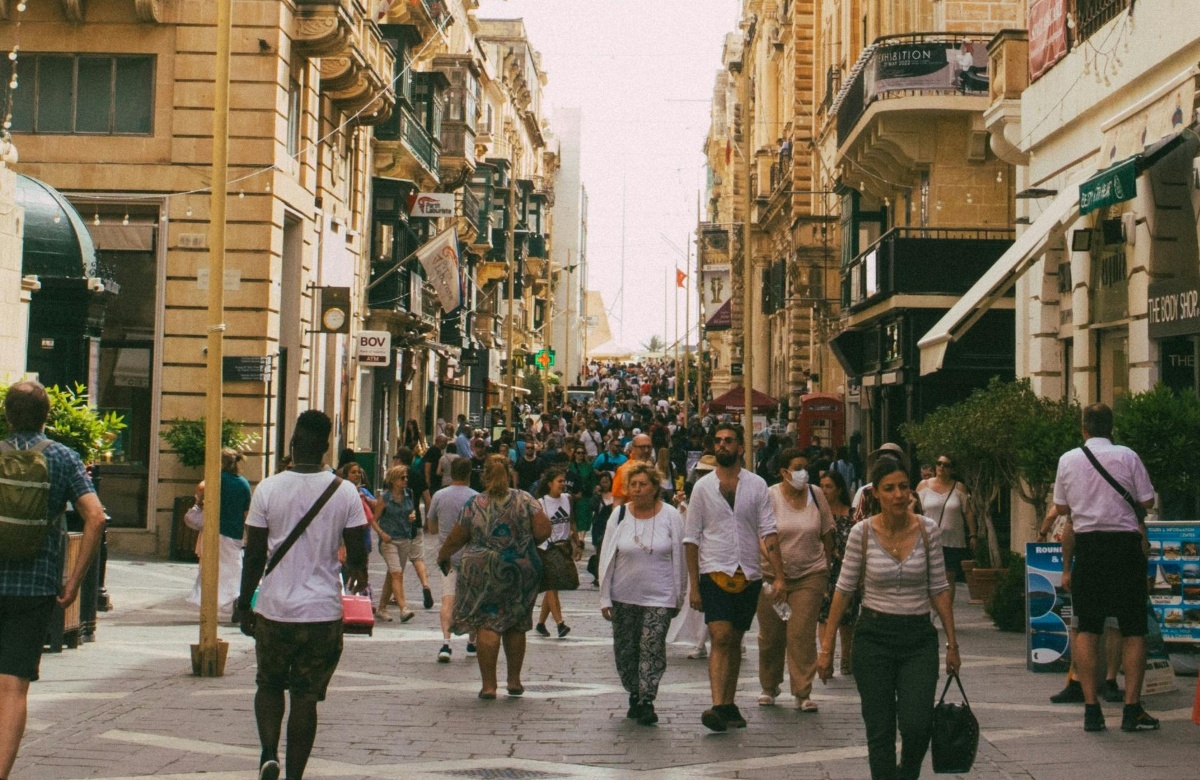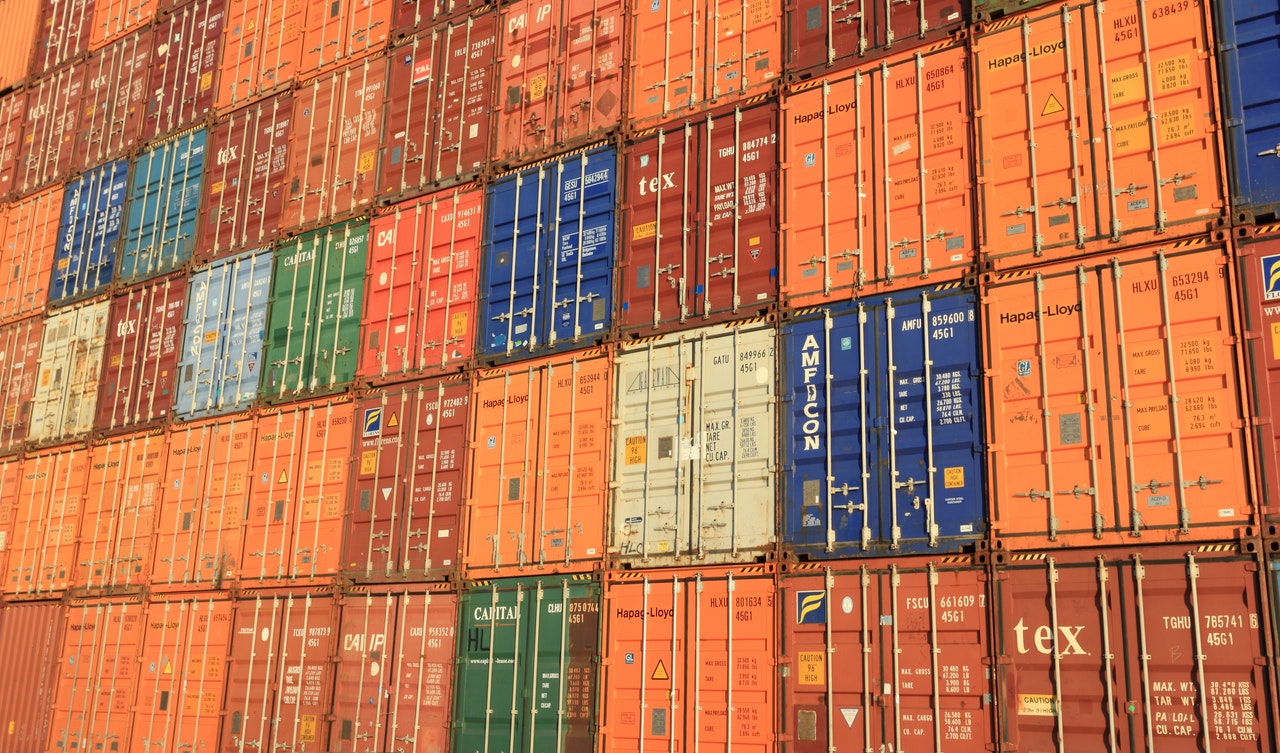New data from Eurostat reveals that while Maltese households are navigating the ongoing cost-of-living crisis, the island’s median net income sits below the European Union average, ranking 15th among 34 European countries. However, the picture improves when the cost of living is factored in.
Malta’s median equivalised net income – a key measure of the typical income per person adjusted for household size and after tax – stands at €20,430. This places the country just below the EU average of €21,582. The figures, which include non-EU nations like Albania and Turkey, highlight the significant income disparities that persist across the continent despite shared cultural ties.
A European divide
The broader European landscape reveals a clear economic split. At the top, Luxembourg boasts a median income of €50,799, while at the lower end of the EU, Bulgaria records just €7,811. This creates a gap of over €40,000 within the bloc, underscoring a pronounced East-West divide. Western and Northern European countries generally enjoy the highest median incomes, while Southern and Eastern regions trail behind.
According to Stefano Filauro, an assistant professor at Sapienza University of Rome, “The level of average prosperity observed in 2024 reflects long-term structural factors such as historical growth paths, industrialisation and welfare development.”
Purchasing Power offers a brighter perspective for Malta
When adjusted for what money can actually buy, Malta’s position becomes more favourable. Using the Purchasing Power Standard (PPS), which neutralises price level differences between countries, Malta’s figure rises to 22,894 PPS. This places the island above the EU’s PPS average of 21,245, suggesting that Maltese residents’ incomes have greater relative purchasing power at home than the nominal euro amount might imply.
This PPS adjustment narrows the income gap across Europe but does not eliminate it. The disparity between the highest (Luxembourg at 37,781 PPS) and lowest (Hungary at 11,199 PPS) EU countries remains substantial at about 26,500 PPS.
Economists point to fundamental structural reasons for these disparities. Giulia De Lazzari, an economist at the International Labour Organization (ILO), explained that “Higher productivity enables countries to sustain higher wages.”
Nations with large, high-value sectors like finance, information technology, or advanced manufacturing tend to have higher incomes, whereas those more reliant on agriculture or basic services see lower wages.
This context is crucial for understanding Malta’s position. The data arrives as households across Europe continue to feel the pinch from a major cost-of-living crisis, exacerbated by Russia’s war in Ukraine and post-pandemic supply shocks. Many families have been forced to limit their spending, with households counting the pennies even as inflation begins to recede toward the European Central Bank’s 2 per cent target.
Among the EU’s largest economies, Germany and France remain above the income average, while Italy and Spain sit just below it. For Malta, the figures tell a dual story: while the nominal income figure is slightly behind the EU average, the stronger purchasing power offers a buffer, providing a more nuanced view of the financial well-being.
Malta’s trade deficit widens to €4.7 billion as fuel imports surge
Imports climbed by nearly 12% to €9.98 billion, while exports grew by 11.1% to €5.25 billion
Maltese innovators: Inconsistent enforcement, excessive bureaucracy deterring new ideas and tech
Participants during a workshop discussed both the progress made and the barriers that continue to affect innovation
Arbitration ruling on Steward-Malta case published
The 212-page document delves into the claims and counterclaims in the acrimonious end to the major hospitals concession





